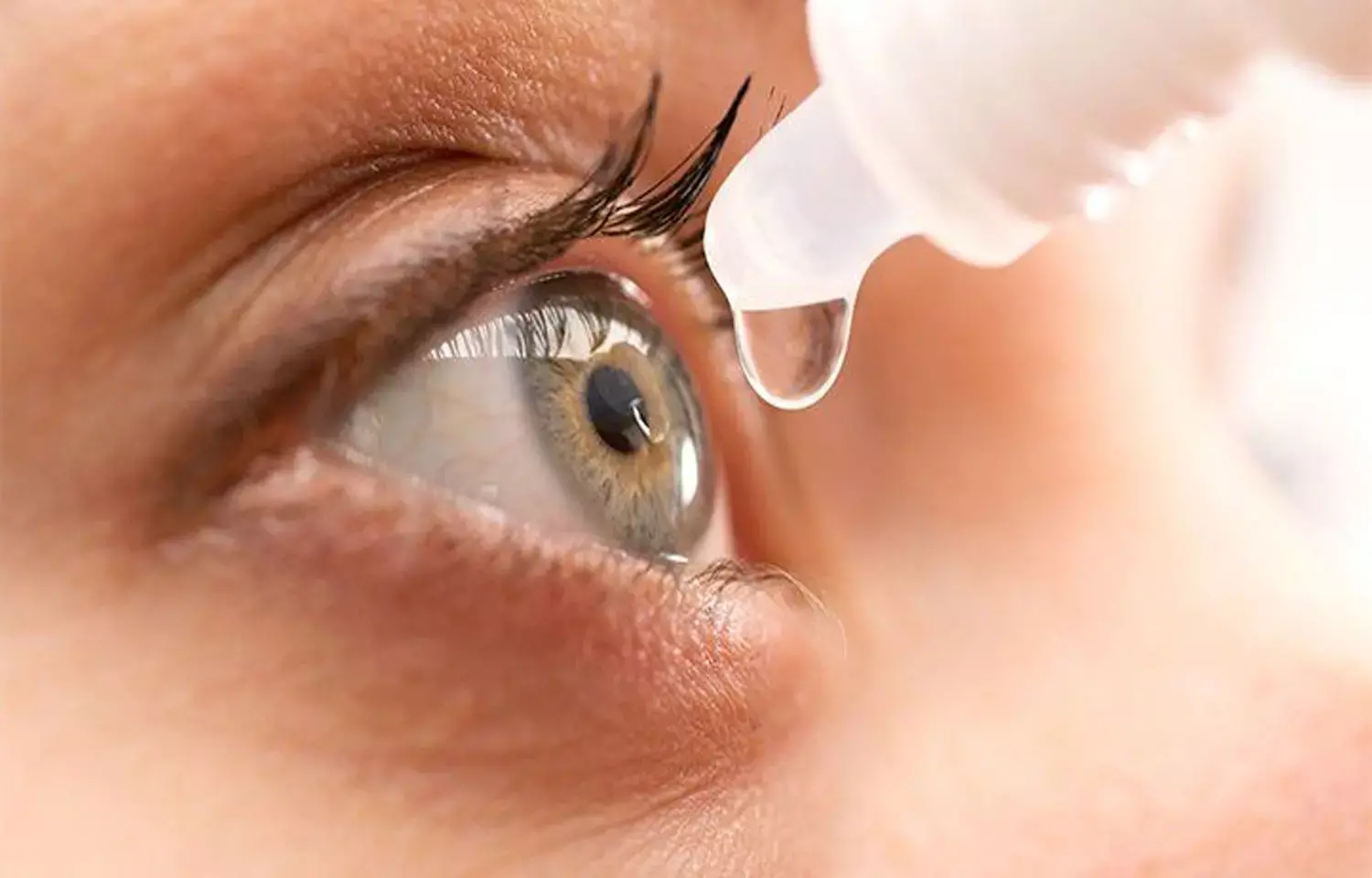- Home
- Medical news & Guidelines
- Anesthesiology
- Cardiology and CTVS
- Critical Care
- Dentistry
- Dermatology
- Diabetes and Endocrinology
- ENT
- Gastroenterology
- Medicine
- Nephrology
- Neurology
- Obstretics-Gynaecology
- Oncology
- Ophthalmology
- Orthopaedics
- Pediatrics-Neonatology
- Psychiatry
- Pulmonology
- Radiology
- Surgery
- Urology
- Laboratory Medicine
- Diet
- Nursing
- Paramedical
- Physiotherapy
- Health news
- Fact Check
- Bone Health Fact Check
- Brain Health Fact Check
- Cancer Related Fact Check
- Child Care Fact Check
- Dental and oral health fact check
- Diabetes and metabolic health fact check
- Diet and Nutrition Fact Check
- Eye and ENT Care Fact Check
- Fitness fact check
- Gut health fact check
- Heart health fact check
- Kidney health fact check
- Medical education fact check
- Men's health fact check
- Respiratory fact check
- Skin and hair care fact check
- Vaccine and Immunization fact check
- Women's health fact check
- AYUSH
- State News
- Andaman and Nicobar Islands
- Andhra Pradesh
- Arunachal Pradesh
- Assam
- Bihar
- Chandigarh
- Chattisgarh
- Dadra and Nagar Haveli
- Daman and Diu
- Delhi
- Goa
- Gujarat
- Haryana
- Himachal Pradesh
- Jammu & Kashmir
- Jharkhand
- Karnataka
- Kerala
- Ladakh
- Lakshadweep
- Madhya Pradesh
- Maharashtra
- Manipur
- Meghalaya
- Mizoram
- Nagaland
- Odisha
- Puducherry
- Punjab
- Rajasthan
- Sikkim
- Tamil Nadu
- Telangana
- Tripura
- Uttar Pradesh
- Uttrakhand
- West Bengal
- Medical Education
- Industry
Can Aromatase Inhibitor therapy increase dry eye symptoms in postmenopausal women?

In a recent study by PI Pauline Khoo and peers found that longer duration of aromatase inhibitor (AI) therapy and higher tear osmolarity can increase the risk for dry eye in postmenopausal women. The extensive study was published in the Nature's Eye Journal.
Dry eyes are a prominent source of discomfort and treatment non-compliance in women on aromatase inhibitor (AI) therapy for breast cancer. However, nothing is known about how it affects the ocular surface. As a result, the study was proposed to test if the symptomatic dry eye in AI patients is associated with the clinical features of evaporative dry eye.
An observational cross-sectional investigation of postmenopausal women treated with AI was carried out. Clinical data was obtained from their treating clinician. Validated questionnaires were used to measure ocular and treatment symptoms. Clinical examinations were carried out to determine the presence of dry eyes. This study's major outcome measure was dry eye symptoms as determined by questionnaire. Clinical indications of dry eye and hormone levels were used as secondary outcome indicators.
The results of this study stated as follow:
1. On AI, a total of 25 ladies were recruited.
2. Dry eye symptoms were reported by 64% of women (ocular surface disease index 13).
3. When symptomatic dry eye patients were compared to asymptomatic individuals, they had higher tear osmolarity (323 vs 307 mOsm/L, p = 0.002) and more meibomian gland dropout (4 vs 1, p = 0.002).
4. The use of AI for a longer period of time and higher tear osmolarity increased the risk of a patient suffering dry eye symptoms, according to multivariate logistic regression.
In conclusion, with the rising frequency of breast cancer and a growing number of patients receiving AI therapy for an extended period of time, patients should be evaluated for tear film stability on a regular basis and advised on the likelihood of developing dry eye condition.
Reference:
Khoo, P., Groeneveld, T., Boyle, F., O'Neill, S., Forster, B., & Watson, S. L. (2021). Dry eye signs and symptoms in patients on aromatase inhibitor therapy. In Eye (Vol. 36, Issue 4, pp. 766–772). Springer Science and Business Media LLC. https://doi.org/10.1038/s41433-021-01538-6
Medical Dialogues consists of a team of passionate medical/scientific writers, led by doctors and healthcare researchers. Our team efforts to bring you updated and timely news about the important happenings of the medical and healthcare sector. Our editorial team can be reached at editorial@medicaldialogues.in.
Dr Kamal Kant Kohli-MBBS, DTCD- a chest specialist with more than 30 years of practice and a flair for writing clinical articles, Dr Kamal Kant Kohli joined Medical Dialogues as a Chief Editor of Medical News. Besides writing articles, as an editor, he proofreads and verifies all the medical content published on Medical Dialogues including those coming from journals, studies,medical conferences,guidelines etc. Email: drkohli@medicaldialogues.in. Contact no. 011-43720751


